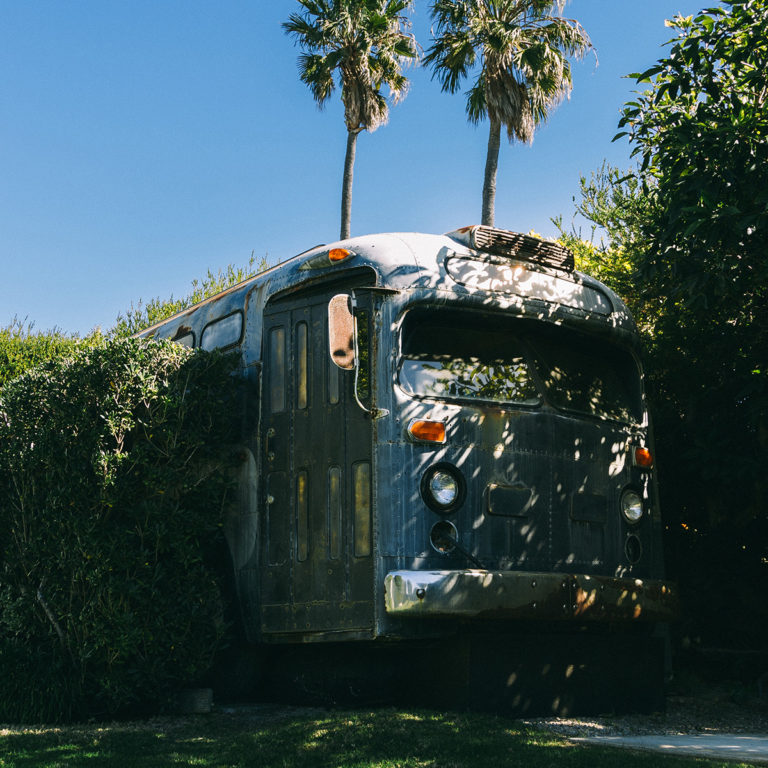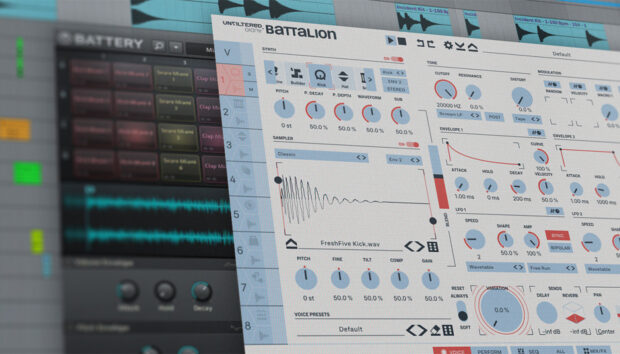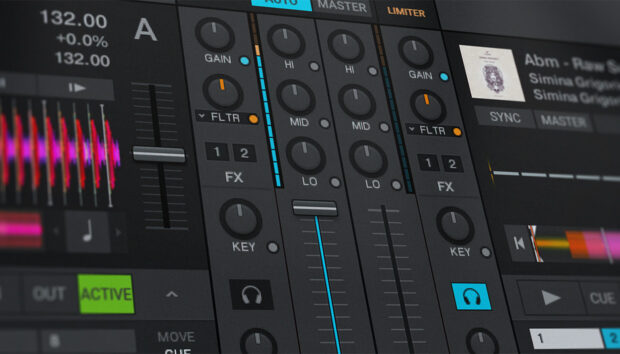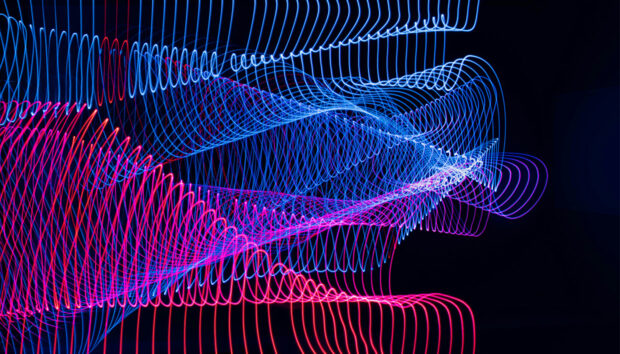Steeped in history, achingly exclusive, and quintessentially Californian in both vibe and concept, Rick Rubin’s Shangri La studio has seen a platinum-grade roster of contemporary musicians – Adele, Ed Sheeran, Lady Gaga, Mark Ronson, Kanye West, The Strokes, and Harry Styles, to name just a few – glide through its hallowed gates since the legendary producer moved in over a decade ago. And that’s just the latest generation of megastars to grace the iconic Malibu production palace. Shangri La’s musical story goes back all the way to the mid-1970s, when seminal rockers The Band took out a lease on the Shangri La Ranch, a decadent celeb party venue built in 1957 by Mexican-American actress Margo. (The space still bears the name of the fictional utopia central to the 1937 movie Lost Horizon, in which she starred.)
The technical side of The Band’s conversion of Shangri La from bordello to recording studio was handled by producer/engineer Rob Fraboni, who bought the whole estate in 1976 and stepped it up to a semi-commercial concern, opening its doors to a broader clientele the likes of Eric Clapton and Bonnie Raitt. When Fraboni became vice president of Island Records in 1985, Shangri La fell into a period of obscurity until the mid-1990’s when ‘Beej’ Chaney, guitarist and singer with Minneapolis punk/new wave outfit The Suburbs, took over and returned it to glory via a full refurbishment and a string of album engagements. Chaney’s tenure was short-lived and in 2011, iconic producer Rick Rubin – who had fallen in love with the place when recording Metallica’s Death Magnetic and Adele’s 21 there – was able to purchase the studio that would become his spiritual home.

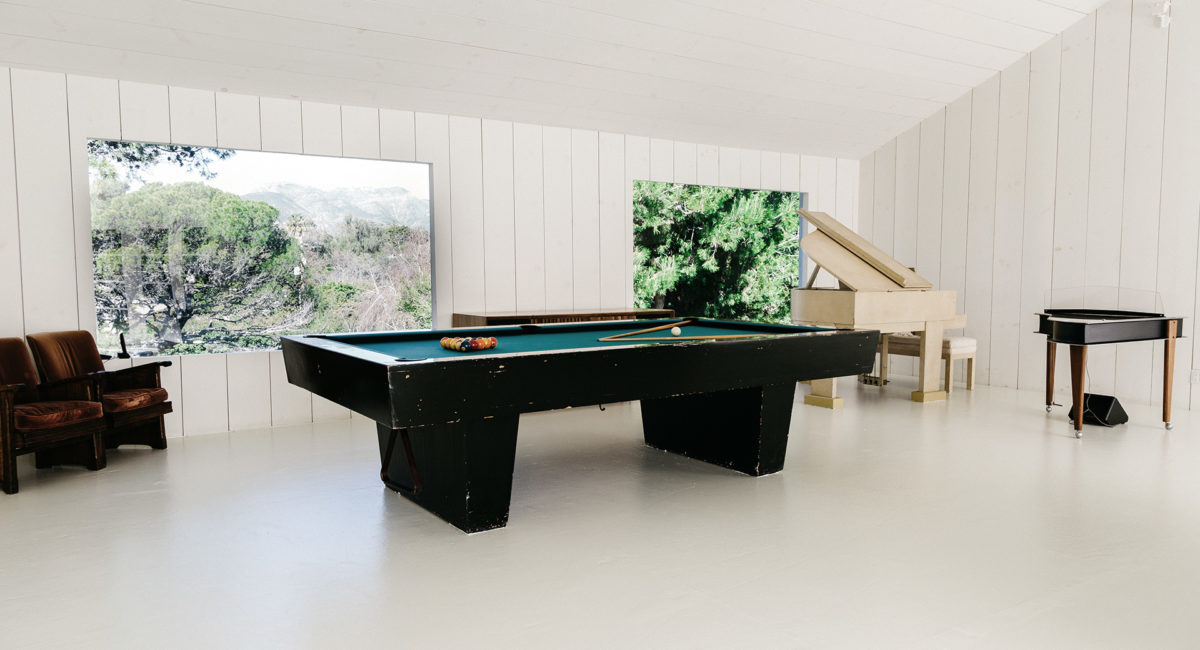

Today, Shangri La counts itself among the most prestigious studios in the world – a wonderland of minimalist creative spaces (one of them Bob Dylan’s former tour bus) and soul-replenishing ocean views, equipped with a smorgasbord of vintage analogue and state-of-the-art digital gear, including the gamut of Native Instruments hardware and software. And overseeing it all is studio manager, musician and engineer Eric Lynn, who’s been part of the fabric since the late noughties, when he was brought in to help with the transformative restoration. Here, Eric gives us his take on Shangri La, then and now.
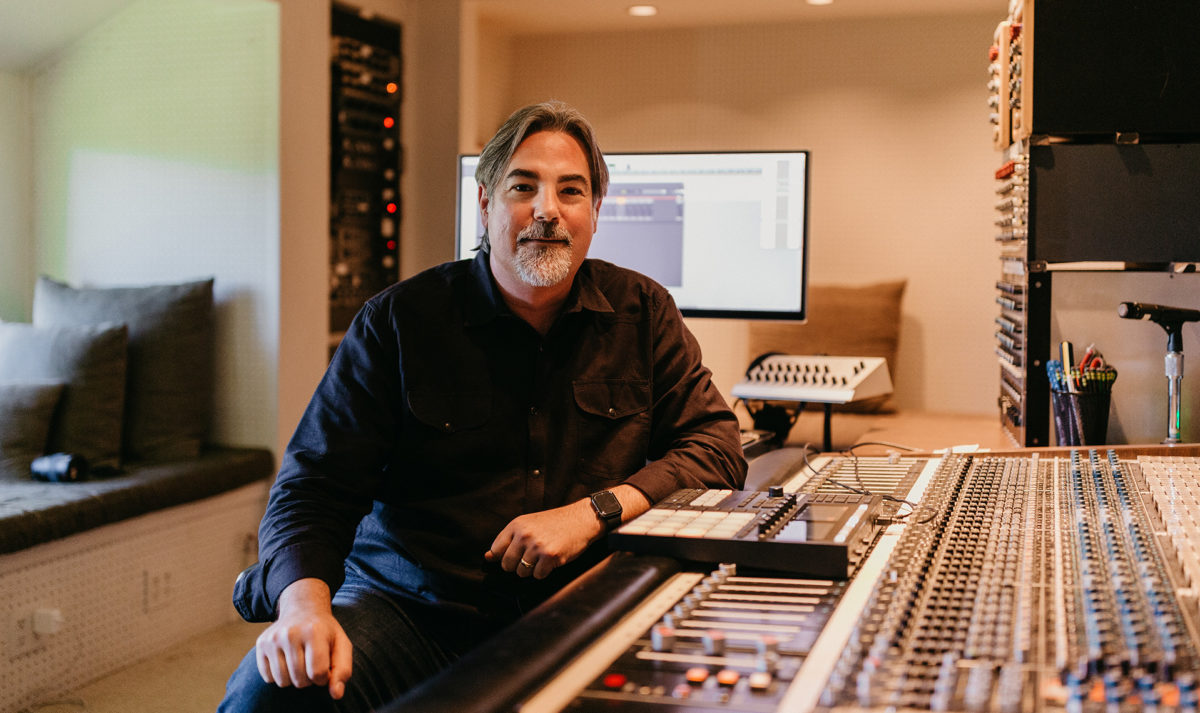
Tell us about the history of Shangri La as a studio.
Eric Lynn: “When The Band took over in the mid-70s, it became half clubhouse and half studio. Lots of musicians hung out here and had crazy jams and collaborations. The Band recordedNorthern Lights – Southern Cross and also filmed some of The Last Waltz here. Bonnie Raitt, Van Morrison and Clapton made records here, Dylan was hanging out… Neil Young, too. In the past few years, Neil’s been using the studio a lot, and he told us the story of how he had once played Cortez the Killer for Dylan in the live room. In one of Clapton’s autobiographies, he describes Bob Dylan living in a tent in the rose garden! It must have been a wild time.”
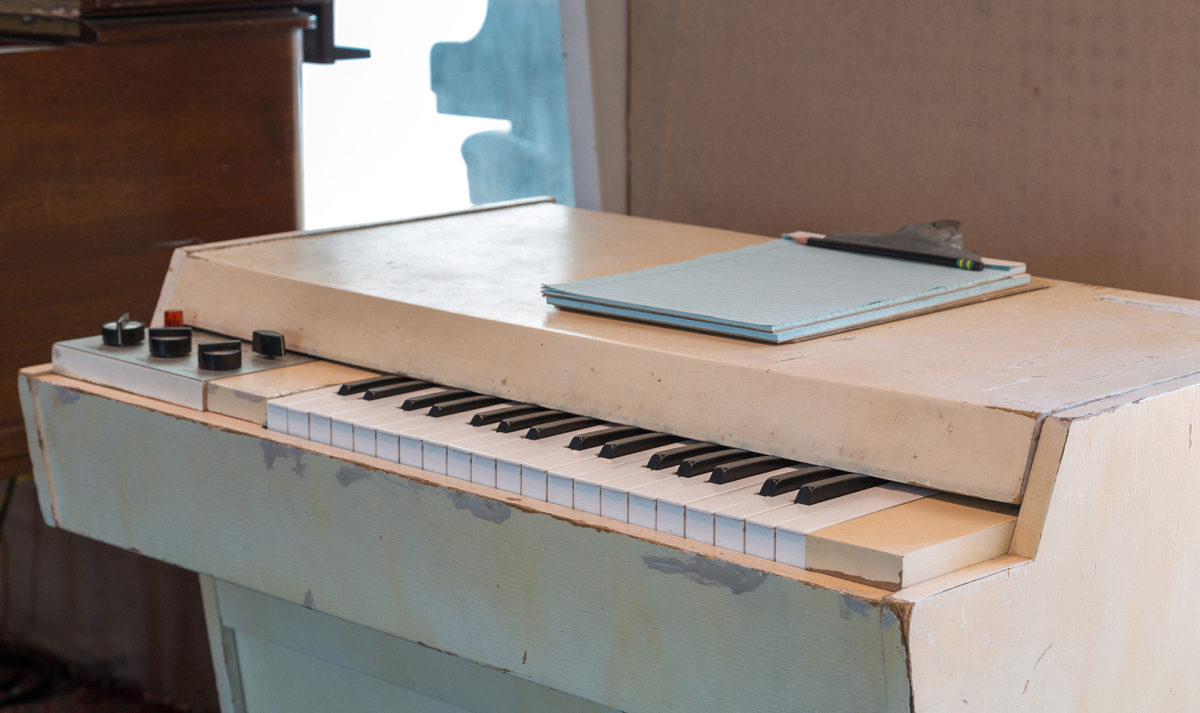

How did you end up working there?
“While running my own studio in Topanga [in 2008], I got a call to come help out at a studio in Malibu, which turned out to be Shangri La. When I arrived, I learned that Weezer had already loaded in, and Rick Rubin was going to be producing. The owner at the time, ‘Beej’ Chaney, had done a lot to refurbish the room from its near downfall in the 1990s, but the studio hadn’t been active for a while and needed some love. Realising how much there was to do, I spent a few solid weeks with a tech going through everything, so we could have it ready for a Rick-level production.”
So Rick was just a client at that point?
“Yes, he began as a client. Even with the marathon of repairs that we did in preparation for those sessions, there was still plenty to do. Also, there wasn’t any staff or anyone there to manage it. Weezer actually ended up going to a different studio to finish the record. After they left, I convinced the owner that if he would let me run the studio, I could get things in shape and possibly get Rick to come back. I’ll never forget the day when I had the keys to Shangri La in my pocket for the first time. Having been in the studio scene for a while, I knew some very talented engineers and techs who were willing to join me in my quest to put Shangri La back on the map.”
When did Rick come back into the picture?
“After fixing everything and getting it into shape, I let Rick’s office know I had addressed the issues they had experienced, and that the studio now had staff. I remember wondering if I’d ever hear from them again; but soon after, they called to book what would turn out to be a several-month booking with Metallica. With the success of the Metallica sessions, Rick kept bringing his projects to Shangri La. The third or fourth booking with him was for Adele, when we cut tracks for 21. Things kind of took off from there.”
How did Rick make the move from client to owner?
“I think he would have been content to just be a client, but the previous owner decided to get out of the studio business, and there was an investor group looking to purchase the property, which meant there was no guarantee it would remain a studio. I think Rick felt he had to buy it in order to preserve his favourite studio!
“Thankfully, the previous owner responded to the idea of selling to Rick because he ensured it would remain a music studio. The investor group was getting pretty aggressive, and they were rather upset when they were ultimately denied the opportunity to purchase. It was a really uncertain time; I wasn’t sure the sale would go to Rick right until the very close of the deal.”
How exclusive is Shangri La these days? Can anyone come and record here?
“Well, the primary role of the studio is to be here for Rick’s projects, but it is available for outside projects – schedule permitting, of course. Most of these come to us through a network of friends that know about this place and want to be here. In supporting Rick, the workflow has evolved into something that seems to be pretty universally liked by all kinds of artists. We provide a blank canvas, and the minimalist surroundings help to support that. By removing as many distractions as possible, and anything that might take you out of your flow, we’re hoping to create an atmosphere where creativity can thrive completely unhindered.”
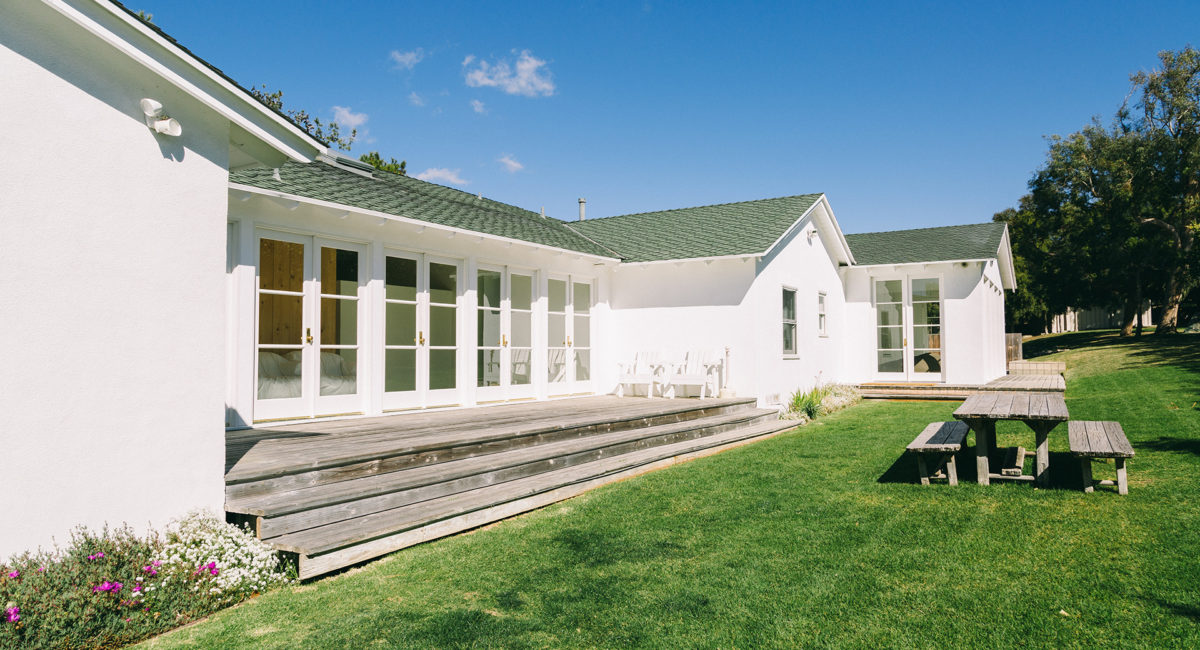
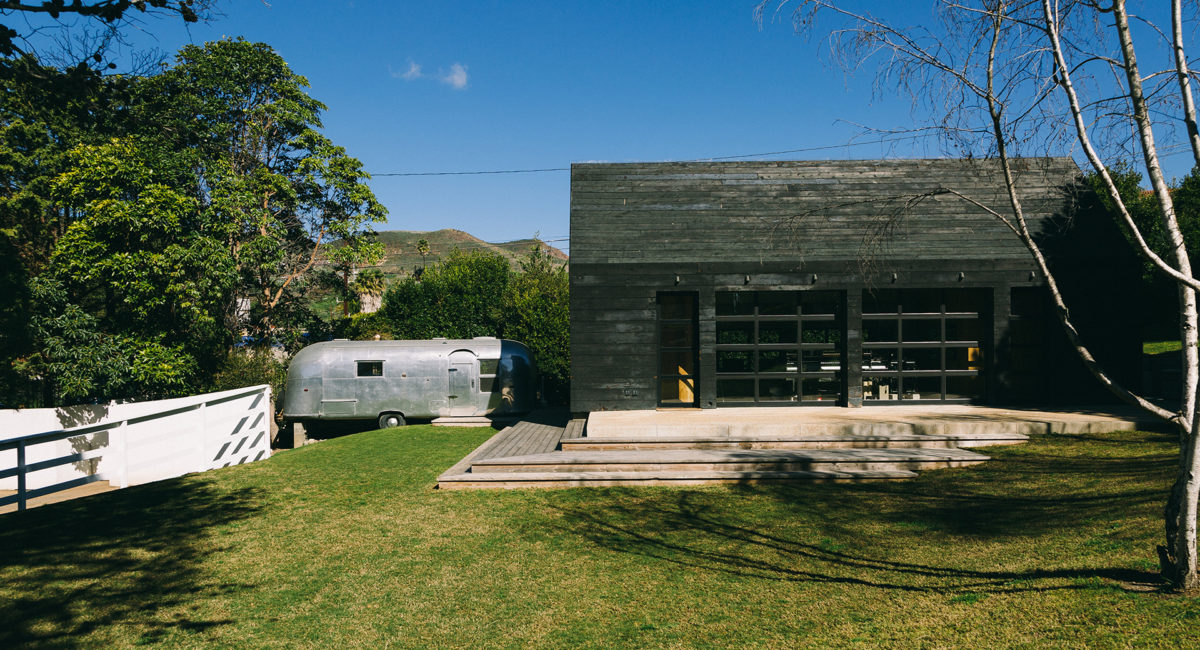
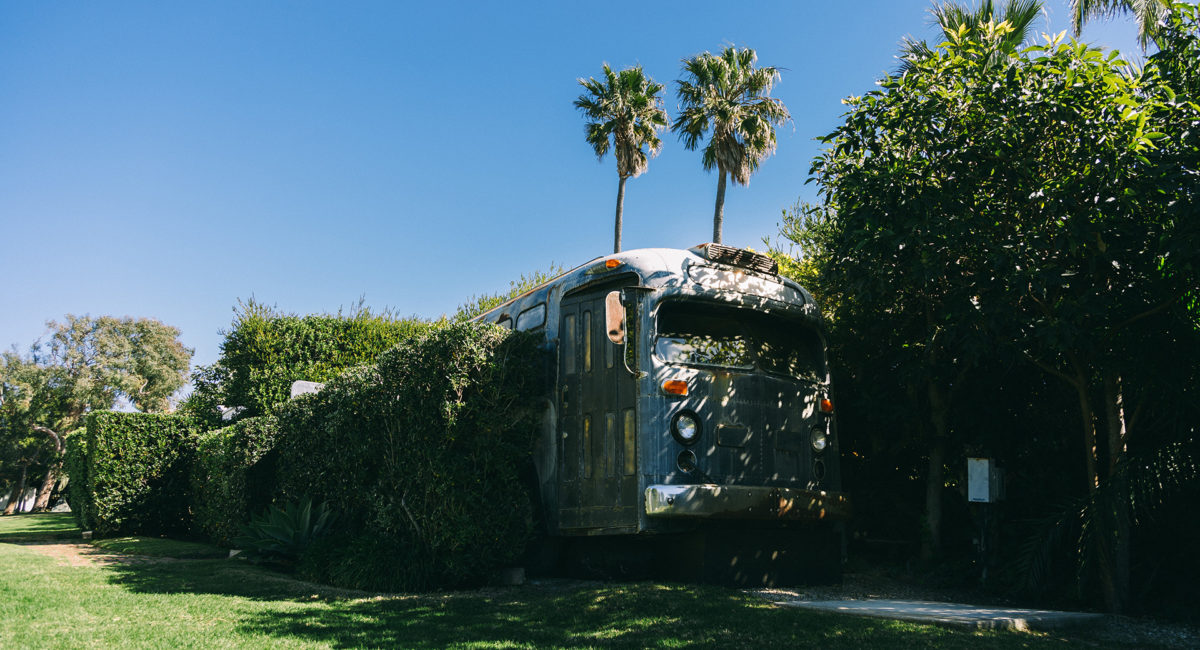
The three studio spaces – the main house, the chapel and the bus – are all very different in their physicality, so what’s the common thread that makes them all ‘Shangri La’?
“I’d say the common thread is our staff. Everyone who works here has dedicated themselves to music, and their passion for Shangri La shows. Equipment can float from space to space as the setups require, and lately we’ve been setting up multiple workstations so more people can work at the same time. Since it’s also a four-bedroom house, there’s a lot of space to spread out.
“People can create anywhere here – outside, inside, in any of the rooms… Neil Young recorded a whistling track in the bathroom once, because he liked the way it sounded. All the different areas of the studio can have different energies, and artists get to draw on that. It kind of feels like the whole place is an instrument.”
Speaking of instruments, if the building was burning down – as, indeed, was a genuine possibility in 2018, when the devastating Woolsey wildfire came perilously close – and you had to grab a few pieces of gear on the way out, what would you go for?
Rick’s original Roland TR-808, a guitar that Johnny Cash gave to Rick, and a particularly incredible ELAM 251 microphone. Next would be our Fairchild 660 and 670 compressors, the two Mellotrons and the electric harpsichord.”
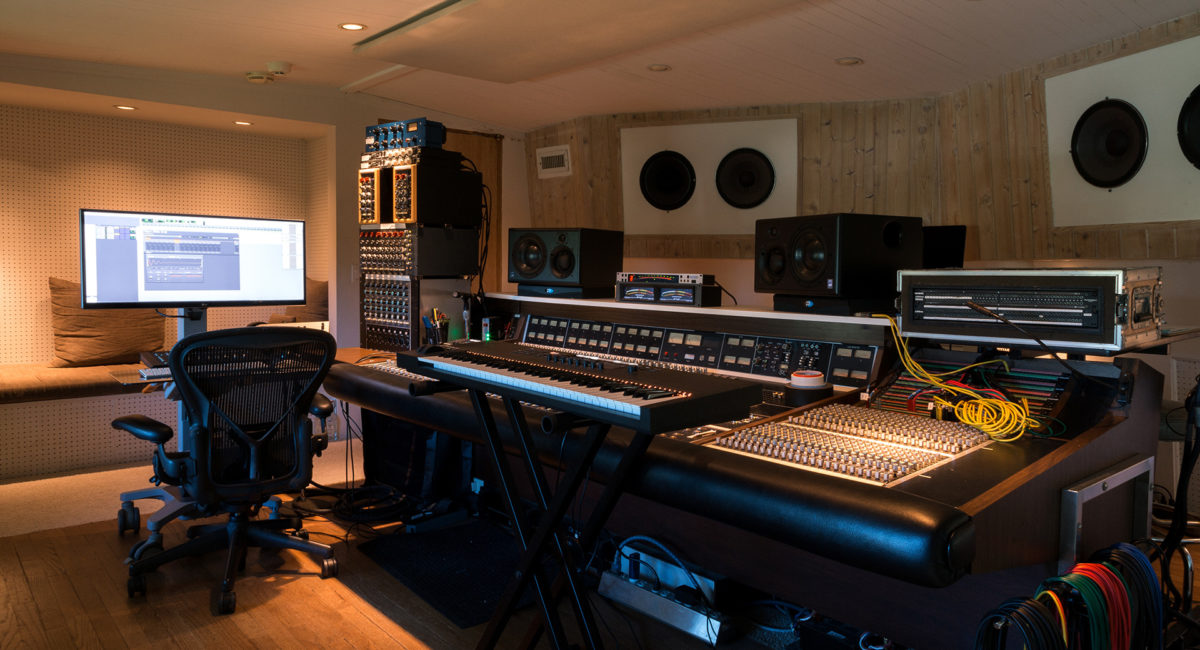

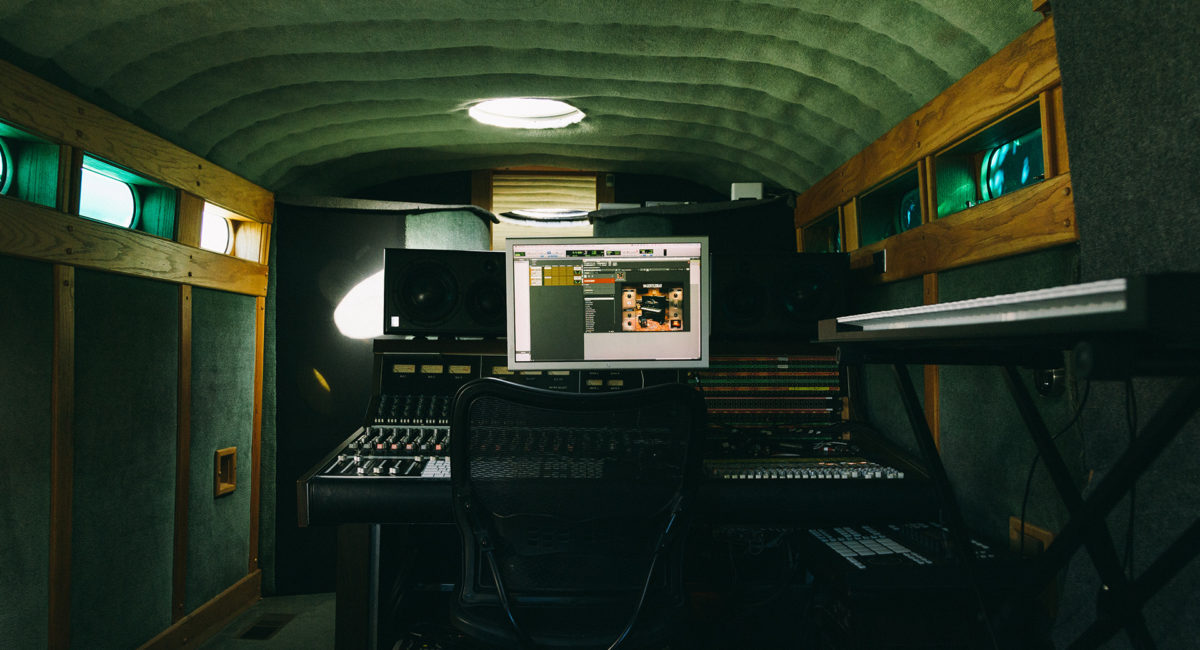
There’s a lot of Native Instruments gear in the studio rooms…
“Yes, every room has at least a Komplete Kontrol keyboard and Maschine. Every workstation here has Komplete – we can’t really call it a rig unless it has Pro Tools, Ableton, Logic and Komplete installed.”
Has the inexorable rise of digital recording and computer-based production changed the way musicians use Shangri La in recent years?
“It can be really interesting to watch some of the younger artists who may not have ever known the limitations of analogue recording. Compared to the analogue era, they live in a world with almost zero limitations. Sometimes I see combinations of equipment I would never have thought to put together, and the results can be mind-blowing! It’s very exciting to hear sounds no one has ever heard before that moment. In a way, the studio itself is a living example of what’s possible when classic meets new.”
Are there any downsides to that limitless technological empowerment, though? Perhaps a less focused approach to that of the analogue era?
“I think there really is only one approach and we’re doing what everyone has always done: using all the available equipment and pushing it to the limit to try to come up with something exciting and new. It’s the same pursuit. It’s exactly the same pursuit.”
Interview by Carmen Rizzo.
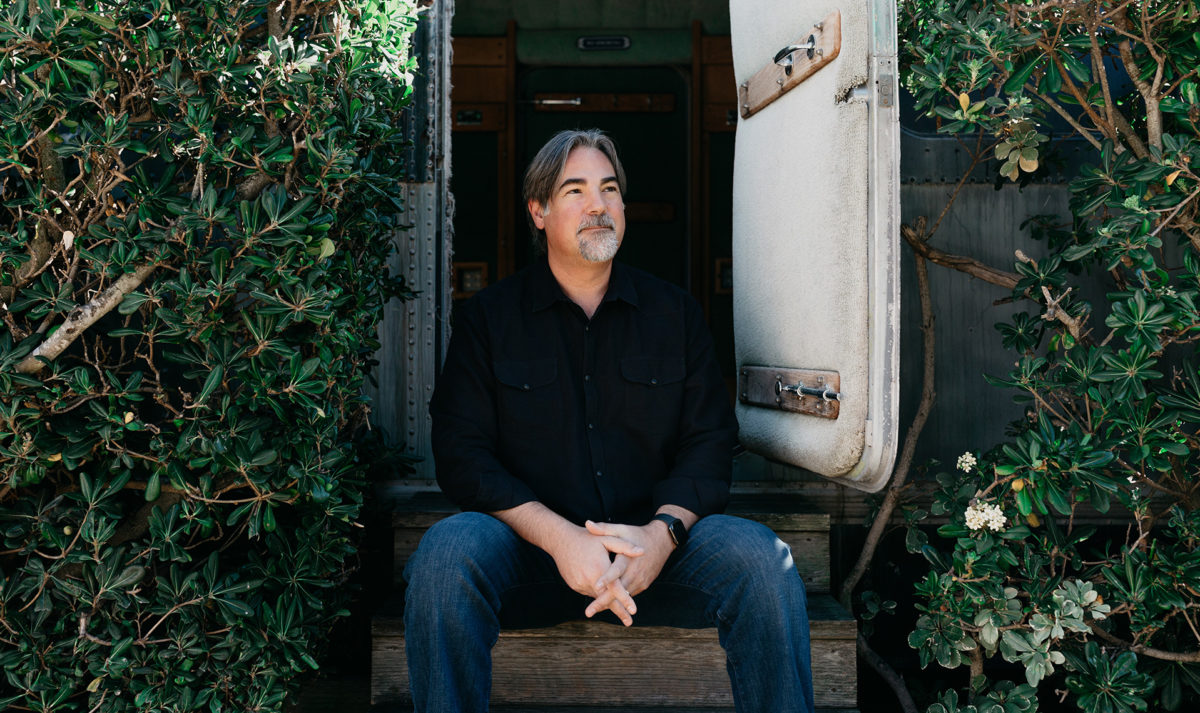
Before you go
Wanna go behind the scenes of other renowned studios? We’ve got an exclusive look at Atlanta’s Patchwerk right here, and some drool-worthy shots of Junkie XL’s extravagantly-specced scoring cave here. Just looking to get started in your own space? Here’s the only guide you need.








